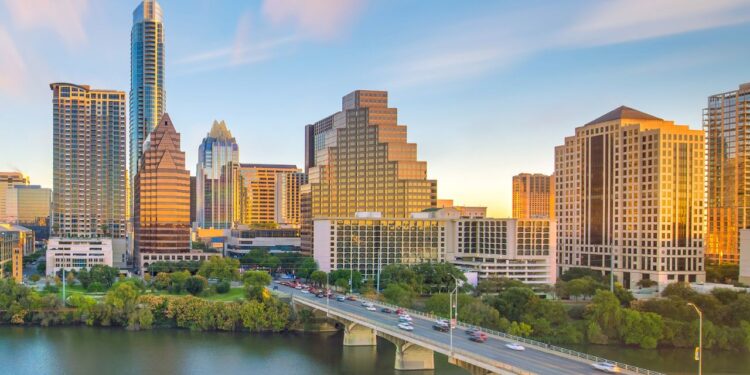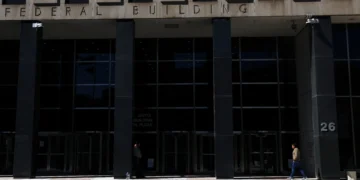Communities across the U.S. are establishing strategies to repurpose vacant buildings and address the increase in vacant office spaces. However, this could prove to be more challenging than expected for many urban developers.
The Hill reports commercial building occupancy still hasn’t recovered since the COVID-19 pandemic. Data released by Moody Analytics reveals office vacancy rates almost reached 20% in April.
High vacancies and the desire to address housing shortages is also influencing cities’ reasoning to establish office-conversion strategies.
The specific vacancy rates differ city by city. However, cities like Washington, D.C. and Boston, Massachusetts face large budget shortfalls. In Boston’s case, the city has a projected tax revenue shortfall of more than $1 billion over the next five years due to underutilized office spaces.
Chicago recently announced the most generous subsidies office conversions in the U.S. in a strong effort to save and revitalize its downtown areas.
Similar concerns have led to a recent audit by the Austin, Texas’ Office of the city Auditor, requested by Mayor Pro Tem Leslie Pool and Council Member Mackenzie Kelly, to examine the feasibility of converting vacant office spaces into housing spaces.
The Austin Monitor reports that the City Auditor’s Office evaluated eight departments and identified significant architectural and financial obstacles — particularly for buildings constructed between the 1970s and 2000s. It’s reported that these structures typically feature centralized bathrooms, inadequate HVAC systems, and design layouts unsuitable for residential living due to their deep floors and lack of natural light.
The audit also reveals that Austin’s vacancy rate could reach 21% this year. Only one office-to-residential conversion, the Brown Building Lofts, is reported to have been successfully completed in the city since 2004.
Akin to other major U.S. cities, legislative measures such as tax incentives and zoning adjustments are being proposed to encourage conversions within the city of Austin. However, experts warn that architectural hurdles — including the need for reconfigured ventilation and natural light compliance — significantly drive-up costs and prolong conversion timelines.
Commercial-to-residential conversions offer a solution to the housing crisis and vacant office space conundrum. However, the practical difficulties revealed by the recent audit and real estate professionals also shed light on the complexity of implementing these strategies.


 Dr. Gleb Tsipursky – The Office Whisperer
Dr. Gleb Tsipursky – The Office Whisperer Nirit Cohen – WorkFutures
Nirit Cohen – WorkFutures Angela Howard – Culture Expert
Angela Howard – Culture Expert Drew Jones – Design & Innovation
Drew Jones – Design & Innovation Jonathan Price – CRE & Flex Expert
Jonathan Price – CRE & Flex Expert











